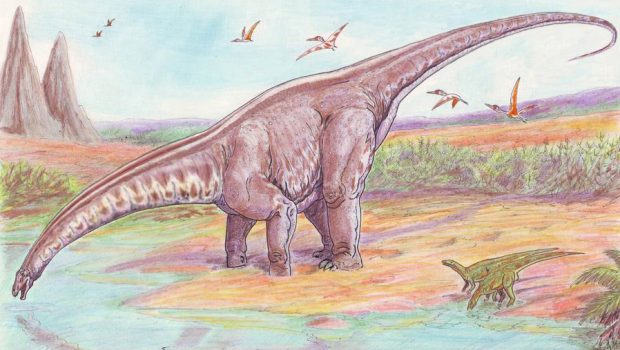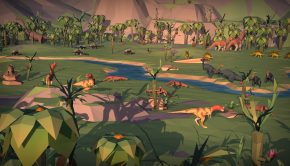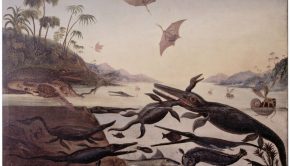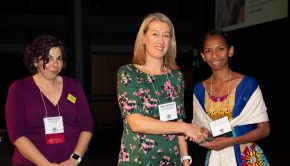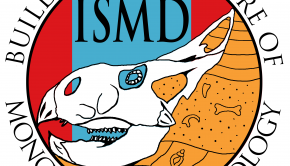Why You Should Embrace Your Child’s Fascination With Dinosaurs
A few weeks ago I decided to show my 8-year-old daughter one of my favourite movies as a child – the 1988 animated film The Land Before Time. We had a wonderful time meeting Littlefoot (an Apatosaurus), Cera (a Triceratops), Ducky (a Parasaurolophus), and Petrie (a Pteranodon). Not only did she find the movie delightful, it also sparked a budding fascination in dinosaurs and the ancient world. I was more than happy to help stoke this curious, investigative fire by providing resources on paleontology, exploring websites (including Palaeocast), a few planned visits to various museums, and fossil sorting kits. She has passionately insisted that she wants to be a paleontologist when she grows up, and who am I to discourage her? Even if she loses interest in time, I believe it is an excellent subject for children to delve into.
Why is paleontology an enriching subject for children to explore?
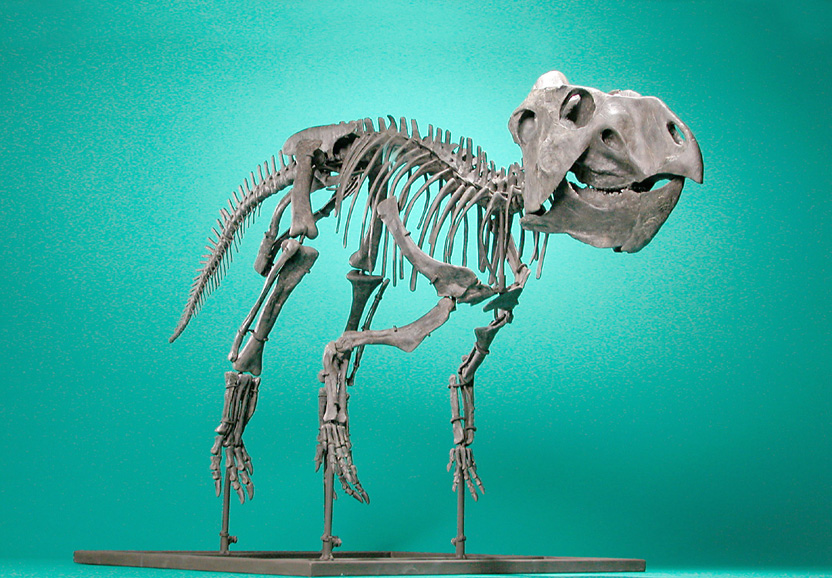
Most children will go through a phase of being captivated by dinosaurs, fossils, and the planet’s ancient mysteries. This is a wonderful thing! Dr. Richard K. Stucky, a curator at the Denver Museum of Natural History with a PhD in paleontology, stated that “Dinosaurs and fossils are the window through which most kids and many adults now get their first introduction to science. Paleontology is art, science, and imagination; it inspires a wealth of curiosity by students about ancient life and helps all of us to know about our origins and how our world with humans came to be.” Paleontology is a great opportunity for children to learn biology, evolution, and scientific thinking. Being curious about something is the first step towards learning. In fact, a 2008 study by Indiana University discovered that “sustained intense interests, particularly in a conceptual domain like dinosaurs” can help children develop increased knowledge and determination, a stronger attention span, and deeper information-processing skills. Joyce M. Alexander, a researcher on the study, said that conceptual domain interests “enhance perseverance, improve attention and enhance skills of complex thinking as the processing of information.” That is definitely not the only study that has found intense interests plant the seeds for intelligence.
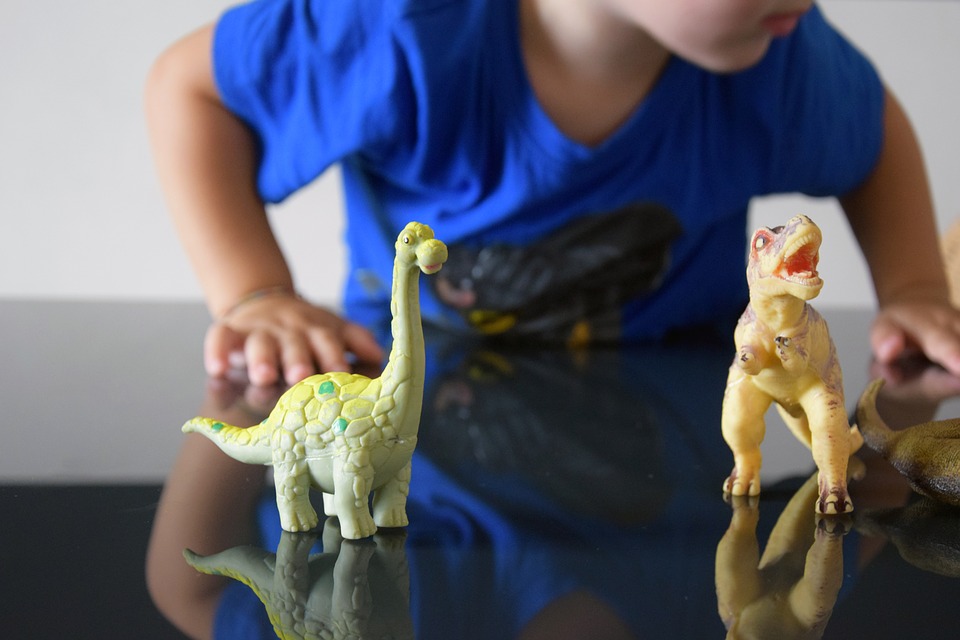
To summarize, here are some ways that the study of paleontology (or even just a giddy enthusiasm for dinosaurs) benefit children:
• Critical thinking abilities.
• A deeper understanding of the scientific process.
• Imagination and creativity as they draw, daydream, and pretend play.
• Curiosity primes the brain for learning and information retention.
• Conceptual topics like dinosaurs cannot be passively absorbed, urging children to ask questions, read books, and engage in activities. This builds persistence and information-processing skills.
• Enhanced verbal and vocabulary skills – dinosaur and prehistoric names are tricky!
• Confidence. As children learn more, and find the answers they seek, they will feel more capable and ready to take on complex challenges.
• Through dinosaurs, children learn about classification. They grasp the concept that dinosaurs have categories and subcategories, such as meat eater and plant eater, and so on. This helps develop systematic thinking and learning abilities, encouraging an organized approach to learning.
Why Dinosaurs and Paleontology Belongs to Both Girls and Boys
Research has found that boys are more likely to develop an intense interest in a conceptual domain such as dinosaurs. This may be due to boys’ tendency to “systemize” and focus their attention on a narrow subject. Alternatively, it could be influenced by toys based on gender biases. No matter the reason, a substantial amount of research shows that girls thrive when they are given equal opportunities to explore STEM topics. Society benefits from more women in STEM fields – it maximizes innovation, creativity, competitiveness, and intellectual diversity. All minds, regardless of gender or background, can offer an invaluable impetus to scientific progress. So, I am more than happy to encourage my daughter’s newfound passion in paleontology. In the wise words of astronaut Mae Jemison, “Don’t let anyone rob you of your imagination, your creativity, or your curiosity. It’s your place in the world; it’s your life. Go on and do all you can with it, and make it the life you want to live.” This gem of wisdom and inspiration applies to both girls and boys!
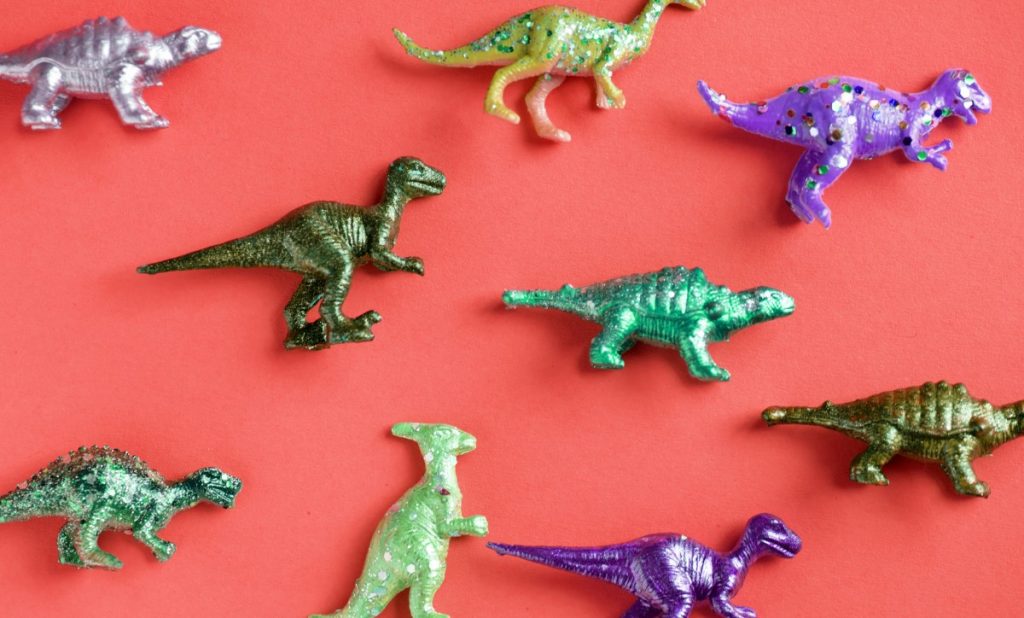
Here is a collection of resources to help cultivate your child’s interest in paleontology:
• The American Museum of Natural History’s “The Big Dig” is a wonderful collection of paleontology games, stories, hands-on activities, and videos.
• This infographic by Main Street Children’s Dentistry & Orthodontics provides a fascinating visualization of the size and shape of dinosaur teeth. It also offers fun tidbits about the dental function of 25 dinosaurs and other prehistoric creatures.
• Scholastic has an abundance of books, articles, games, unit plans, teaching guides, and activities. Your children can find answers to questions such as “What Color Were Dinosaurs?” and more.
• Go on a family fossil dig.
• A collection of guides and outreach kits for teachers to use for dinosaurs, geologic time, and fossil education from the Museum of the Rockies.
• Here are the 23 best dinosaur books for kids, chosen by educators.
• Dinosaur games from PBS Kids. My daughter’s favorite is “Roarin’ Relay”.
• A kid-friendly video on how fossils are formed from the Natural History Museum.
• “I want to be a paleontologist!” A guide from the Paleontological Research Institution on becoming a paleontologist.
My daughter particularly enjoyed this infographic, and we hope your children do as well! She enjoyed the vibrant colors, bite-sized information, and visualization of teeth shapes and sizes.
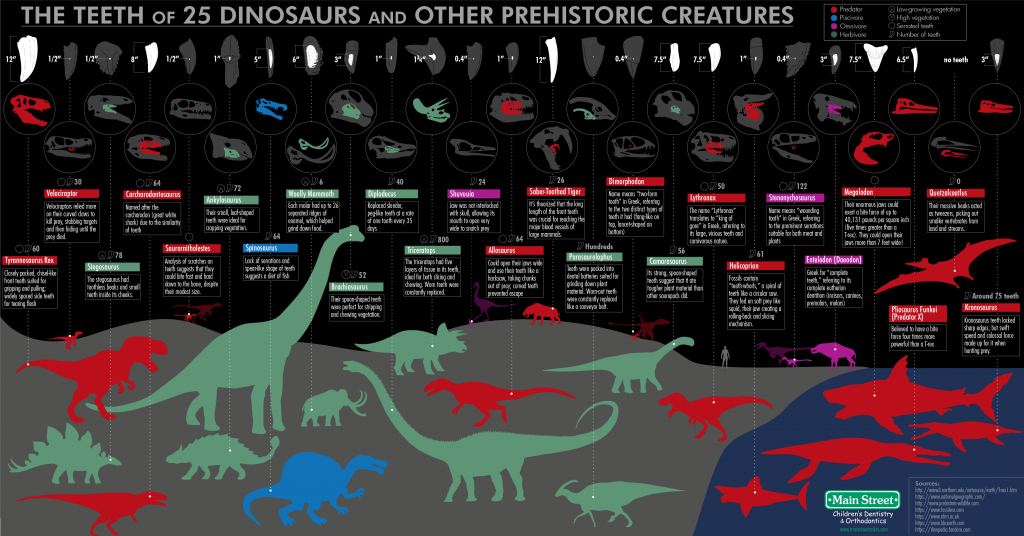
Blog by Joy Churin, former journalist, now teacher who loves helping children discover the joy of learning. Proud mother of a curious, determined daughter who loves fossils, science, and discovery.

